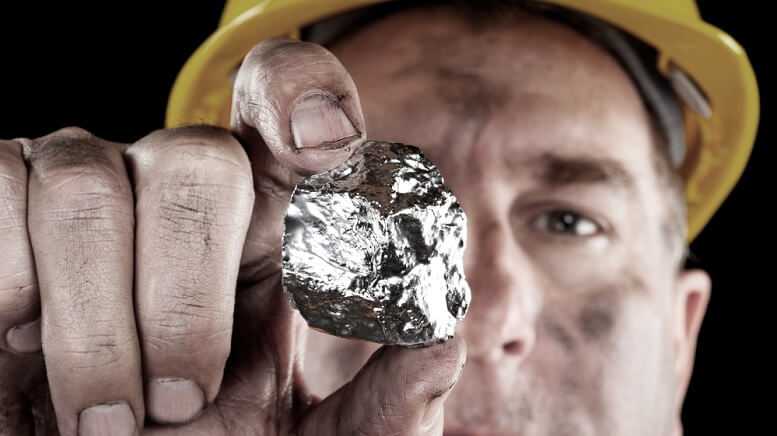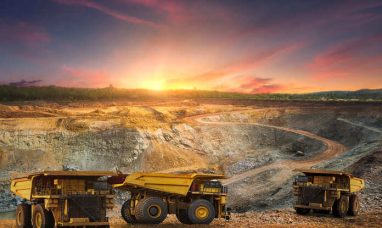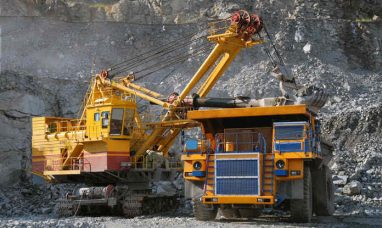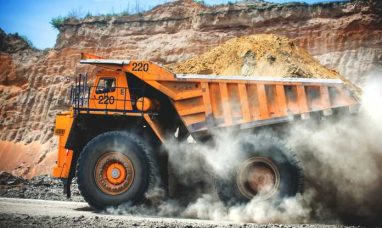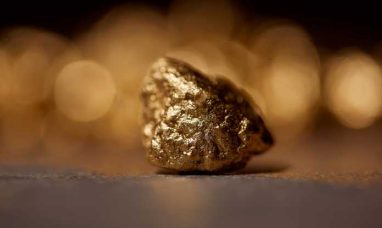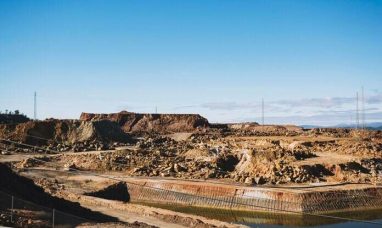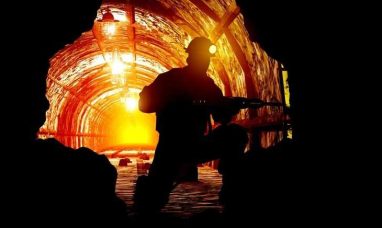(NewsDirect)
The world of electric vehicles (EVs) is
fraught with controversial opinions; companies and consumers alike
have all but waged war over how to make the best battery possible. For
decades, companies — specifically North American companies —
placed their bets on lithium-ion batteries, which rely heavily on
lithium, cobalt, and nickel resources.
However, cobalt and nickel are scarce,
expensive and controversial raw elements to mine — in part due to
the high human costs involved.
As such, due to factors ranging from supply chain
concerns to cost and efficiency considerations, engineers and
companies are now transitioning away from lithium-ion batteries with
cobalt and nickel in favor of lithium iron phosphate batteries (LFP).
According to a
recent research report by Wood Mackenzie Power & Renewables,
lithium iron phosphate is on course to be the
leading
battery chemistry for EVs by 2028
, replacing their cobalt and
nickel-based lithium-ion predecessor. LFPs are safer, less expensive
than alternatives, and last longer. LFPs also require less lithium.
But in the current geopolitical
context, raw material supply concerns are a key
consideration.
Raw Materials — Where They Come From And The
Concerns For American Companies
China has long been investing in the LFP market;
today,
44%
of EVs sold in China use LFP batteries compared to 3%
in the
U.S. and Canada. Other countries and companies are now starting to
take notice and beginning investment in the LFP industry.
Some carmakers are
developing and producing cobalt-free batteries; in fact, many
companies such as
Tesla Inc.
(NASDAQ: TSLA) are shifting away
from lithium-ion batteries that combined materials like cobalt,
nickel, and manganese in favor of LFPs. But North American companies,
including Tesla, are hesitant to rely heavily on Chinese, Middle
Eastern, and North African phosphate.
China
is currently the largest exporter of phosphate
fertilizer,
with Russia not far behind. The largest phosphate concentrate reserves
are in Morocco followed by other Middle Eastern and North African
countries. China and Russia have recently suspended or minimized the
exports of phosphate, which is proving problematic to the supply chain
and for manufacturers relying on Chinese phosphate. Similarly, the
phosphate concentrates in the Middle East and North Africa (MENA) are
dependent on geopolitical stability that is often fluctuating.
When considering all of these factors, North
American carmakers are eager to find a phosphate supply that is
stable, high quality and closer to home.
Canadian Arianne
Phosphate Says It Has The Answer
Arianne Phosphate Inc.
(OTC: DRRSF) is one
of the promising phosphate mining companies that can help meet the
growing demand for phosphate for EVs. The company’s Lac à Paul
project is a response to the growing global demand for phosphate,
which is increasing by
2% to 3% each
year.
Two
things set Arianne’s Lac à Paul project in Quebec apart from
Chinese and MENA competitors. First, the mine is made up of igneous
deposits that produce a concentration higher than 90% of the world’s
phosphate, which is housed in sedimentary rock. Second, the
Canada-based company adheres to stricter environmental, social and
corporate standards, aligning with North American and European
agendas.
As
European and North American companies pivot away from their
overdependence on Chinese and MENA suppliers, Arianne Phosphate seems
to be well-positioned to fill the supply gap.
ARIANNE
PHOSPHATE INC.
(
www.arianne-inc.com
)
owns the Lac à Paul phosphate deposit in Quebec, Canada. Fully
permitted and shovel ready, the asset is among the world’s largest
greenfield deposits, capable of producing an environmentally friendly
phosphate concentrate. Due to the nature of its high-purity,
low-contaminant product, Arianne’s phosphate can be used to produce
fertilizer as well as meeting the technical requirements of specialty
applications such as the lithium-iron-phosphate (LFP) battery. The Lac
à Paul deposit is rare due to its geographic location and geological
structure. Arianne Phosphate is listed on both the
TSX-V:
DAN
and the
OTCQX:
DRRSF
.
This post contains sponsored advertising content.
This content is for informational purposes only and is not intended to
be investing advice.
This information contains forward looking
statements. All statements, other than statements of historical fact,
included herein, including without limitation, statements regarding
potential mineralisation and reserves, exploration results and future
plans and objectives of Arianne Phosphate Inc, are forward-looking
statements that involve various risks and uncertainties. There can be
no assurance that such statements will prove to be accurate and actual
results and future events could differ materially from those
anticipated in such statements. Important factors that could cause
actual results to differ materially from Arianne Phosphate Inc’s
(“Arianne Phosphate” or the “Company”) expectations are
disclosed under the heading “Risk Factors” and elsewhere in
Arianne Phosphate Inc’s documents filed from time-to-time with the
TSX Venture and other regulatory authorities.
Contact
Details
Brian Ostroff, President
Company
Website
Copyright (c) 2022 TheNewswire – All rights reserved.
Featured image: DepositPhotos © kelpfish









